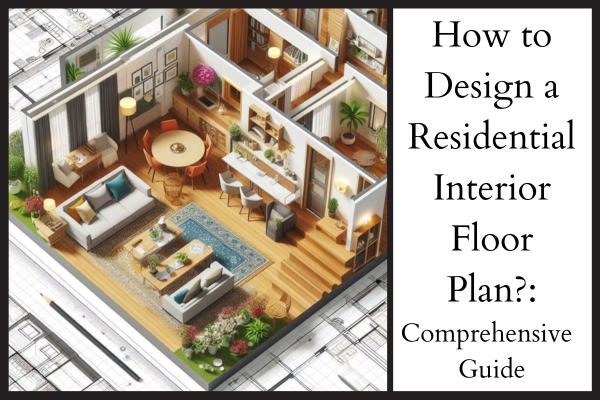The architectural world is constantly evolving, and one of the most exciting developments is the use of 3D realistic architectural animation. This technology has revolutionized how architects, designers, and developers present their projects and has brought a new level of engagement and understanding to clients and stakeholders. This article will explore seven key benefits of 3D realistic architectural animation.
Visual Clarity and Realism
3D architectural animation provides visual clarity and realism that traditional 2D drawings or static images can’t match. Viewers can explore the project from various angles, getting a real sense of space, materials, and design. This clarity helps clients and stakeholders better understand the project’s vision and aesthetics.
Effective Communication
Architectural animation makes it easier to communicate complex design ideas. It bridges the gap between the technical jargon of architects’ and non-experts’ understanding. The visual storytelling of animation conveys the project’s narrative and purpose more effectively.
Improved Decision-Making
Clients and stakeholders can make more informed decisions when they can virtually walk through the project. They can visualize the result, identify potential issues, and suggest changes early in the design phase, reducing costly modifications later.
Enhanced Marketing and Sales
For developers and marketers, 3D architectural animation is a powerful tool. It creates compelling marketing materials for presentations, brochures, websites, and promotional videos. These materials attract potential buyers and investors, making it easier to sell the project.
Cost and Time Savings
While creating a 3D architectural animation requires an initial investment, it can save time and money in the long run. It reduces the need for physical models and allows architects to spot design flaws or discrepancies early, preventing costly corrections during construction.
Stakeholder Engagement
Architectural animation engages stakeholders on a deeper level. They can virtually experience the project firsthand, fostering a sense of ownership and involvement. This increased engagement often leads to more successful and collaborative projects.
Adaptability and Updates
Once created, 3D architectural animations can be easily updated to reflect design changes or new project developments. This adaptability ensures all stakeholders work with the most current and accurate information throughout the project’s lifecycle.
Conclusion
In conclusion, 3D realistic architectural animation is a game-changer in architecture and design. It offers a multitude of benefits, from visual clarity and effective communication to cost savings and enhanced stakeholder engagement. As technology advances, we expect architectural animation to become an integral part of the design and presentation process, helping to bring ambitious architectural visions to life.








